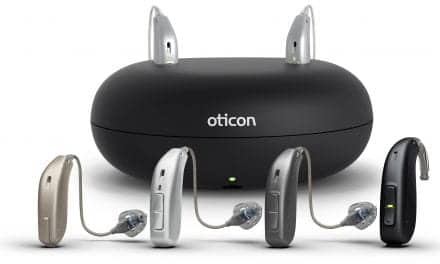Otoharmonics Corporation, a US veteran-owned company offering sound therapy for tinnitus management, announced it has been awarded a five-year Federal Supply Schedule Medical Equipment and Supply contract, making Levo available immediately to patients receiving care within the Department of Veterans Affairs, Department of Defense, Bureau of Prisons, Indian Heads Services, and Public Health Services.
Said to be compatible with the Clinical Practice Guidelines for Tinnitus published by the American Academy of Otolaryngology-Head and Neck Surgery and the VA’s Progressive Tinnitus Management Program (PTM), the Levo System’s sleep therapy has reportedly been shown to reduce the level of tinnitus intensity and improve the quality of life in several published peer-reviewed studies, including a randomized controlled study by the National Center for Rehabilitative Auditory Research at the VA Portland Health Care System.
“Increasing access to affordable, evidence-based tinnitus care for US service men and women has been an ongoing focus for Otoharmonics,” said Michael Baker, CEO. “The FSS award is a significant step towards expanding care within this underserved patient population.”
Tinnitus is the number one service-related disability among US veterans, according to the American Tinnitus Association (ATA). An often-overlooked outcome of active duty, tinnitus is typically a result of exposure to loud noise. Whether it’s from a high-noise environment such as flight, use of heavy machinery, or being near severe and sudden explosives, the effects of tinnitus can be long lasting. Left untreated, symptoms may increase over time and significantly impact the quality of life.
The Levo System is an FDA-cleared medical device that works in concert with the brain’s natural restorative and learning processes. Designed for home use, those suffering from buzzing or ringing in the ears listen to personalized sound therapy while sleeping to gain relief. Over time, the brain learns to ignore the tinnitus perception, resulting in a reduction of tinnitus intensity and negative impact.
Source: Otoharmonics
Image/Media: Otoharmonics





